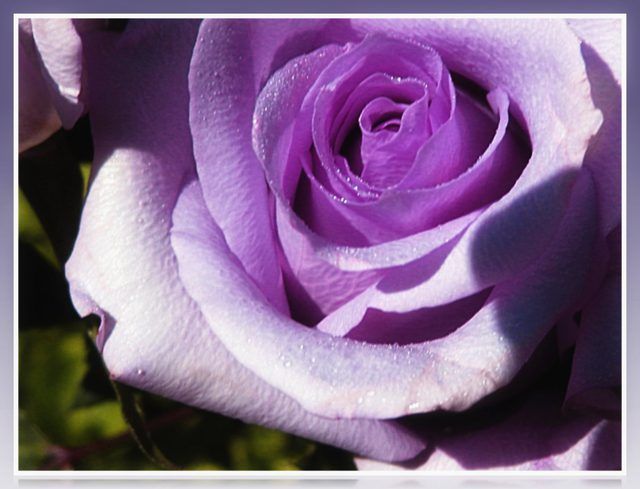Bulbs
Flower Basics
Flower Beds & Specialty Gardens
Flower Garden
Garden Furniture
Garden Gnomes
Garden Seeds
Garden Sheds
Garden Statues
Garden Tools & Supplies
Gardening Basics
Green & Organic
Groundcovers & Vines
Growing Annuals
Growing Basil
Growing Beans
Growing Berries
Growing Blueberries
Growing Cactus
Growing Corn
Growing Cotton
Growing Edibles
Growing Flowers
Growing Garlic
Growing Grapes
Growing Grass
Growing Herbs
Growing Jasmine
Growing Mint
Growing Mushrooms
Orchids
Growing Peanuts
Growing Perennials
Growing Plants
Growing Rosemary
Growing Roses
Growing Strawberries
Growing Sunflowers
Growing Thyme
Growing Tomatoes
Growing Tulips
Growing Vegetables
Herb Basics
Herb Garden
Indoor Growing
Landscaping Basics
Landscaping Patios
Landscaping Plants
Landscaping Shrubs
Landscaping Trees
Landscaping Walks & Pathways
Lawn Basics
Lawn Maintenance
Lawn Mowers
Lawn Ornaments
Lawn Planting
Lawn Tools
Outdoor Growing
Overall Landscape Planning
Pests, Weeds & Problems
Plant Basics
Rock Garden
Rose Garden
Shrubs
Soil
Specialty Gardens
Trees
Vegetable Garden
Yard Maintenance
How to Buy Blue Roses to Plant
How to Buy Blue Roses to Plant. Revered worldwide for thousands of years, the rose enjoys timeless popularity. Available in reds, whites, yellows, pinks, lavenders and bi-color combinations, they grace gardens, landscapes and indoor tabletops. Roses are not particularly difficult to grow and maintain, and enthusiasts cherish and take great pride in...

Revered worldwide for thousands of years, the rose enjoys timeless popularity. Available in reds, whites, yellows, pinks, lavenders and bi-color combinations, they grace gardens, landscapes and indoor tabletops. Roses are not particularly difficult to grow and maintain, and enthusiasts cherish and take great pride in their specimens. Most desire to grow the ever-elusive blue rose.
While a commercial rose containing its own blue pigment has not yet been developed, scientists are hot on the trail. Until then, plant lavender-blue roses, with colors that often appear to be quite blue. They are often referred to as blue roses.
Things You'll Need
Well-drained, slightly acidic soil
Rose bush
Make sure that you can provide adequate growing conditions for your blue roses. They will need a well-drained, slightly acidic soil that receives plenty of morning sun, and at least 6 hours of sunlight every day.
Do your homework and research varieties that appeal to you. Remember that photo quality in catalogs and online can vary significantly. If at all possible, snoop around retailers in your area that may have your desired blue roses in stock, and already blooming. That will give you the truest indication of color.
Find a good supplier for your rose bushes. They’re carried by plant nurseries, florists, department and home improvement chains, hardware stores, and even some grocery stores. There are numerous excellent growers who publish beautiful mail-order catalogs, and you can even buy roses online. It really makes no difference who you purchase your roses from, as long as they’re healthy specimens of patented varieties. You may choose between containerized, pressed peat-potted, and bare-root roses, but potted plants are easier for beginners to manage. The bloom color will vary little if any between individuals of any particular patented named variety. However, be careful when ordering online, as you really don’t know what quality you’re getting.
Choose blue roses that are sure to thrive well in your area. Look for plants that have the best disease and pest tolerance. Select the bloom style that you like best, whether hybrid tea, floribunda, or grandiflora. Also consider the type of growth habit and final growth height that you prefer. Maybe you like a rose that grows quite tall. Perhaps you have a fence or trellis that you’d like to adorn with a climber. Many people prefer dense, compact rose bushes.
Purchase your blue roses for spring planting, when they‘re beginning to bloom and selection is at its best. Shop for plants with healthy looking leaves and strong new growth. Larger is better in this case. Pick the 5-gallon pot rather than smaller ones, as it’s not as likely to have had its roots cut back significantly when it was being potted. Avoid rose bushes with blackened dieback areas on the canes, and those showing weak growth. Don’t buy the plant with roots poking outside the bottom of the pot. These are signs that the rose bush has been weakened by being potted too long, and it might have difficulty establishing itself upon transplant.
Tips & Warnings
The world’s first blue-hued roses--roses which possess their own blue pigment--were finally produced in 2004. The genetically modified plants have been bred by being implanted with a gene that copies the pansy’s blue color. Engineered by Japan’s Suntory Flowers, the blue roses are scheduled for commercial release to the Japanese general public late in 2009. Suntory predicts that these will be expensive roses, and has been vague regarding what worldwide availability will be.